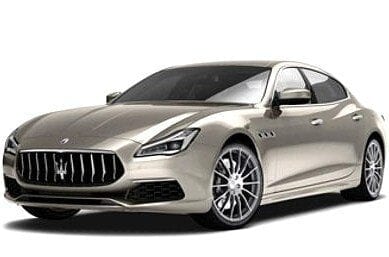
Test: Audi Q5 2.0 TDI Quattro Basis
Content
Of course, it should be borne in mind that the Audi Q5 has been a bestseller since its inception. Since 2008, it has been chosen by more than 1,5 million customers, which, of course, is quite a big argument in favor of the fact that its shape has not changed much. However, in reality, it would be silly if the predecessor sold well until the last days.
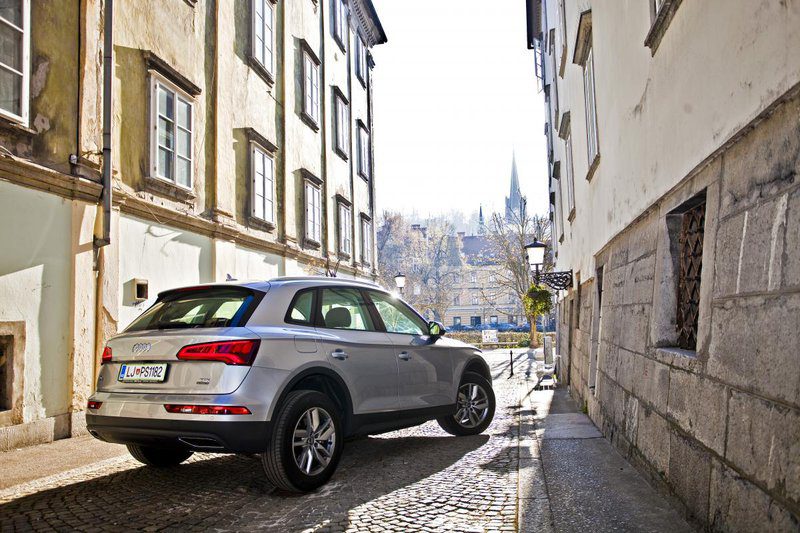
However, such changes are carefully hidden in the sense that what is really important has changed. This design is definitely not, and the Q5 is just another product of the modern automotive industry that brings everything new to the car. So the new Q5 has a lot more aluminum and other lightweight materials, making it 90kg lighter than its predecessor. If we add to this an even lower air resistance coefficient (CX = 0,30), it becomes clear that the job is well done. So, according to the first score, we could say: due to a lighter body and a lower drag coefficient, the car drives better and consumes less. Is it really?
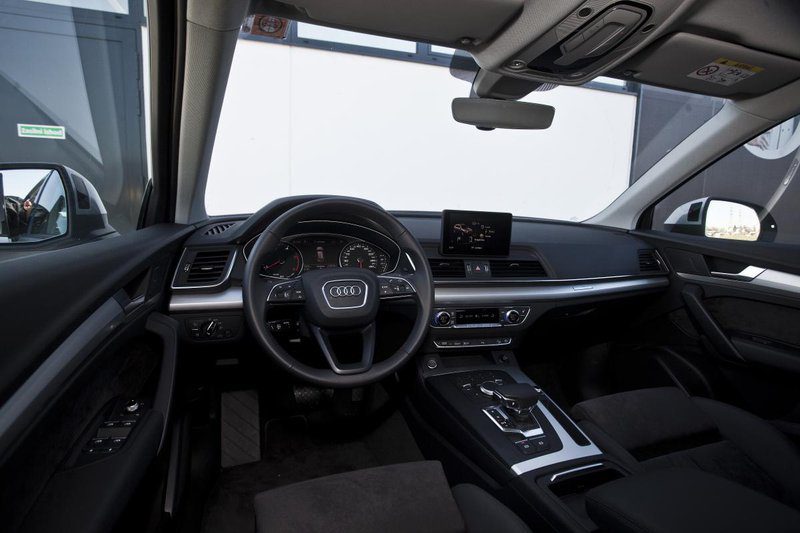
First of all, many will be glad that Audi decided to split its crossovers into two parts. Some will be more prestigious, others more playful. This means they placed the Q5 next to the larger Q7 to make it easier to boost his ego. Or the ego of its owner.
In the front, the resemblance is very evident due to the new mask, less on the side and least of all on the back. This is actually a good thing, as many have complained that the taller Q7 has a weak point in the rear, saying it looks little like a prestigious crossover and more like a family minivan. As such, the rear of the new Q5 remains very similar to its predecessor and many people are oblivious to the brand new LED lights and a few additional design tweaks.
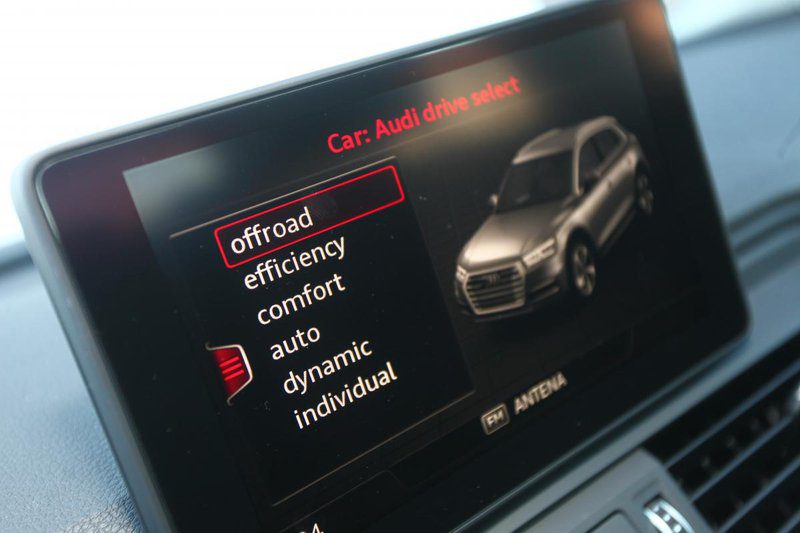
The same goes for the interior. It has been completely updated and looks like the larger Q7. Also richer and with more auxiliary safety systems. Of course, not all of them are standard, so the car will always have as much as the buyer is willing to pay. To be precise, in the Q5 test, of the most important auxiliary systems, only the city automatic braking system was installed as standard. But with the modern Advance package, the equipment content immediately increases. Excellent visibility is supported by excellent LED headlights, a pleasant climate throughout the passenger cabin is provided by tricone air conditioning so that the driver does not get lost, thanks to MMI navigation, which can show the way on Google maps in a real image. If we add parking sensors at both ends of the car, a reversing camera, an Audi side assist and heated front seats, the car is already well equipped. But you need to add the Prime package, which includes cruise control, automatic headlight assist, electric opening and closing of the tailgate and a three-spoke multifunction steering wheel. Thus, the difference in the base price of the Q5 and the price of the test car is not yet justified. Also in demand were adaptive cruise control, an Audi audio system, electrically folding auto-dimming mirrors, 18-inch wheels and a traffic sign recognition camera. All this list of equipment is necessary to create a realistic picture, especially when many potential buyers look at the final price of a test car and wave their hands, saying that it is too expensive. Currently, the buyer orders a price higher than himself - the more equipment he wants, the more expensive the car will be.
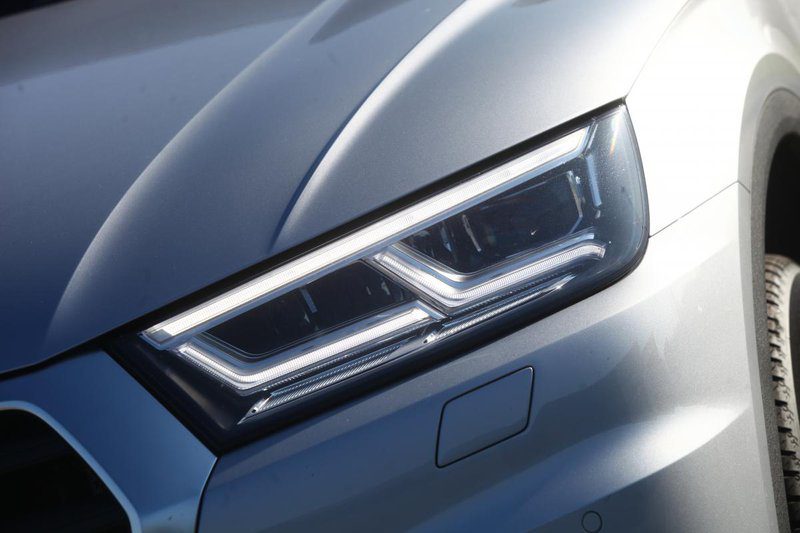
Not all of the equipment listed is necessarily important, but it is important to know that some would rather pay a few euros more for, say, an automatic transmission, another for better speakers, and a third (hopefully!) for additional assistance systems. .
The test Q5 was more or less thought out to provide comfort for both driver and passengers. It should be noted that the Q5 also comes close to the larger Q7 in terms of cabin sound insulation. This is almost identical, which means that the rumble of a diesel engine is not audible when driving in the cabin.
And the trip? Classic Audi. Audi lovers will love it, otherwise the driver may be less focused. The redesigned automatic transmission works well but is sensitive to driver pressure. If it is tuned decisively, the entire transmission, along with the transmission, can react too quickly, making it more comfortable to start smoothly. However, while driving, it doesn't matter how heavy the driver's leg is, as the car instantly responds to any command.
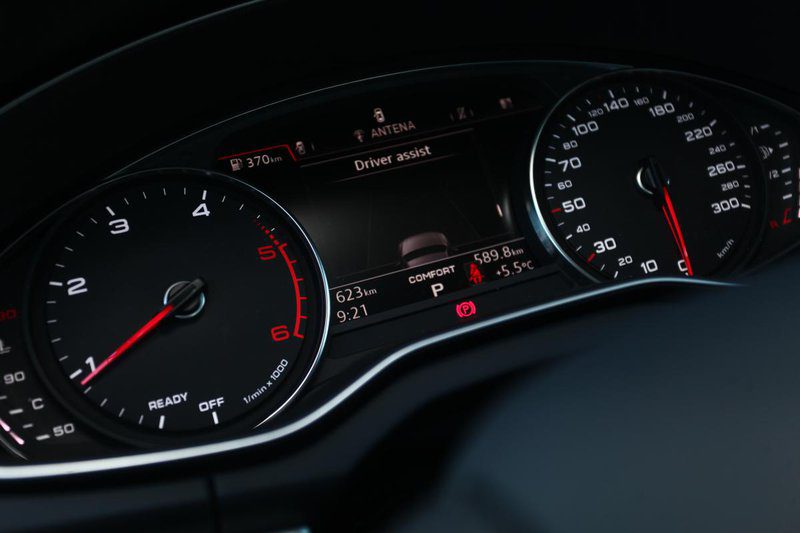
The test Q5 also boasted a new drive unit, which is currently standard equipment in one way or another. This is an ultra quattro drive, which was developed by Audi in favor of lower fuel consumption and, above all, less stress on the drive. As a result, they also put on weight, since the all-wheel drive no longer has a center differential, but has two additional clutches, which in 250 milliseconds also redirect the drive to the rear wheelset when needed. If you are worried that the system will react too late, we can console you! Depending on the driver's driving dynamics, wheel steering and steering angle, the overdrive or its sensors may even anticipate an awkward situation and engage four-wheel drive half a second earlier. In practice, it will be difficult for the driver to recognize the reaction of the four-wheel drive. The drivetrain is also excellent during more dynamic driving, with the chassis running on its own, ensuring that the entire body does not tilt more than physics requires. But the engine is also responsible for dynamic driving. This, perhaps, has changed least of all, since it has long been known from other cars of the concern. Two-liter TDI with 190 "horsepower" sovereignly copes with its task. When the driver demands dynamics, the engine is decisive, otherwise calm and economical. Although it may not make sense to talk about the cost of a car costing more than 60.000 € 7, but it is so. During the test run, the average fuel consumption ranged from 8 to 100 liters per 5,5 kilometers, and the rate of only 100 liters per 5 kilometers was excellent. Thus, the new QXNUMX can be said without a twinge of conscience that it can be dynamically fast and, on the other hand, economically efficient.
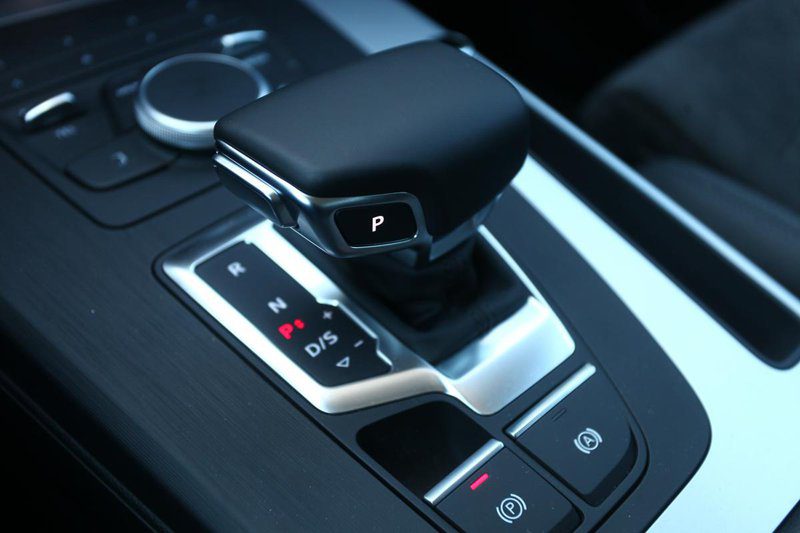
Overall, however, it is still a cute crossover that has been redesigned enough to stay in trend. At least as far as the form is concerned. Otherwise, it is technologically much more advanced, even so much so that it has become one of the safest cars in its class. It matters, doesn't it?
text: Sebastian PlevnyakPhoto: Sasha Kapetanovich

Q5 2.0 TDI Quattro Basis
Basic data
| Sales: | Porsche Slovenia |
|---|---|
| Base model price: | 48.050 € |
| Test model cost: | 61.025 € |
| Power: | 140kW (190 KM) |
| Acceleration (0-100 km / h): | 7,9 with |
| Maximum speed: | 218 km / h |
| Mixed flow ECE: | 5,5l / 100km |
| Guarantee: | 2 years general warranty, unlimited mobile warranty, 3 years varnish warranty, 12 years rust warranty. |
| Systematic review | Service interval 15.000 km or one year km |
Cost (up to 100.000 km or five years)
| Regular services, works, materials: | 2.296 € |
|---|---|
| Fuel: | 6.341 € |
| Tires (1) | 1.528 € |
| Loss of value (within 5 years): | 19.169 € |
| Compulsory insurance: | 5.495 € |
| CASCO INSURANCE (+ B, K), AO, AO + | 9.180 ( |
| Calculate the cost of auto insurance | |
| Buy up | € 44.009 0,44 (km cost: XNUMX €) |
Technical information
| engine: | 4-cylinder - 4-stroke - in-line - turbocharged petrol - front mounted transversely - bore and stroke 81,0 × 95,5 mm - displacement 1.968 cm15,5 - compression 1:140 - maximum power 190 kW (3.800 l .s.) at 4.200 - 12,1 rpm - average piston speed at maximum power 71,1 m / s - specific power 96,7 kW / l (XNUMX hp / l) - maximum torque 400 Nm at 1.750-3.000 rpm - 2 overhead camshafts (timing belt) - 4 valves per cylinder - common rail fuel injection - exhaust gas turbocharger - charge air cooler. |
|---|---|
| Energy transfer: | engine drives all four wheels - 7-speed DSG transmission - gear ratio I. 3,188 2,190; II. 1,517 hours; III. 1,057 hours; IV. 0,738 hours; V. 0,508; VI. 0,386; VII. 5,302 – differential 8,0 – rims 18 J × 235 – tires 60/18 R 2,23 W, rolling circumference XNUMX m |
| Capacity: | top speed 218 km/h – 0-100 km/h acceleration 7,9 s – average fuel consumption (ECE) 5,2 l/100 km, CO2 emissions 136 g/km. |
| Transportation and suspension: | crossover - 5 doors - 5 seats - self-supporting body - front single suspension, spring legs, three-spoke cross rails, stabilizer - rear multi-link axle, coil springs, telescopic shock absorbers, stabilizer - front disc brakes (forced cooling), rear discs, ABS, electric parking brake on the rear wheels (switching between seats) - steering wheel with rack and pinion, electric power steering, 2,7 turns between extreme points. |
| Mass: | empty vehicle 1.845 kg - permissible total weight 2.440 kg - permissible trailer weight with brake: 2.400 kg, without brake: 750 kg - permissible roof load: 75 kg. |
| External dimensions: | length 4.663 mm - width 1.893 mm, with mirrors 2.130 mm - height 1.659 mm - wheelbase 2.819 mm - front track 1.616 - rear 1.609 - ground clearance 11,7 m. |
| Inner dimensions: | longitudinal front 890-1.140 mm, rear 620-860 mm - front width 1.550 mm, rear 1.540 mm - head height front 960-1040 980 mm, rear 520 mm - front seat length 560-490 mm, rear seat 550 mm - trunk 1.550 –370 l – steering wheel diameter 65 mm – fuel tank XNUMX l. |
Our measurements
| T = 15 ° C / p = 1.028 mbar / rel. vl. = 55% / Tires: Michelin Latitude Sport 3/235 R 60 W / Odometer condition: 18 km | |
| Acceleration 0-100km: | 8,8s |
|---|---|
| 402m from the city: | 16,4 years ( 138 km / h) |
| test consumption: | 8,0 l / 100km |
| Fuel consumption according to the standard scheme: | 5,5 l / 100km |
| Braking distance at 130 km / h: | 65,7m |
| Braking distance at 100 km / h: | 38,1m |
| AM table: | 40m |
| Noise at 90 km / h in 6rd gear | 58dB |
| Noise at 130 km / h in 6rd gear | 62dB |
Overall rating (364/420)
Following in the footsteps of its big brother, the Q7, the Q5 is almost the perfect representative in its class.
Exterior (14/15)
It seems that little has changed, but upon closer examination it turns out that this is not so.
Interior (119/140)
In the style of the whole car. No comments.
Engine, transmission (55
/ 40)The perfect combination of powerful engine, all-wheel drive and automatic transmission.
Driving performance (61
/ 95)For the class in which the Q5 is traveling is above average. Also due to the new all-wheel drive.
Performance (27/35)
It could always be better, but 190 "horses" are doing their job quite solidly.
Security (43/45)
The EuroNCAP test has shown that it is one of the safest in its class.
Economy (45/50)
A premium car is hardly a cost-effective choice, but anyone who thinks about it will not be disappointed.
We praise and reproach
engine
production
interior soundproofing
similarity of design with its predecessor
proximity wrench only for starting the engine
